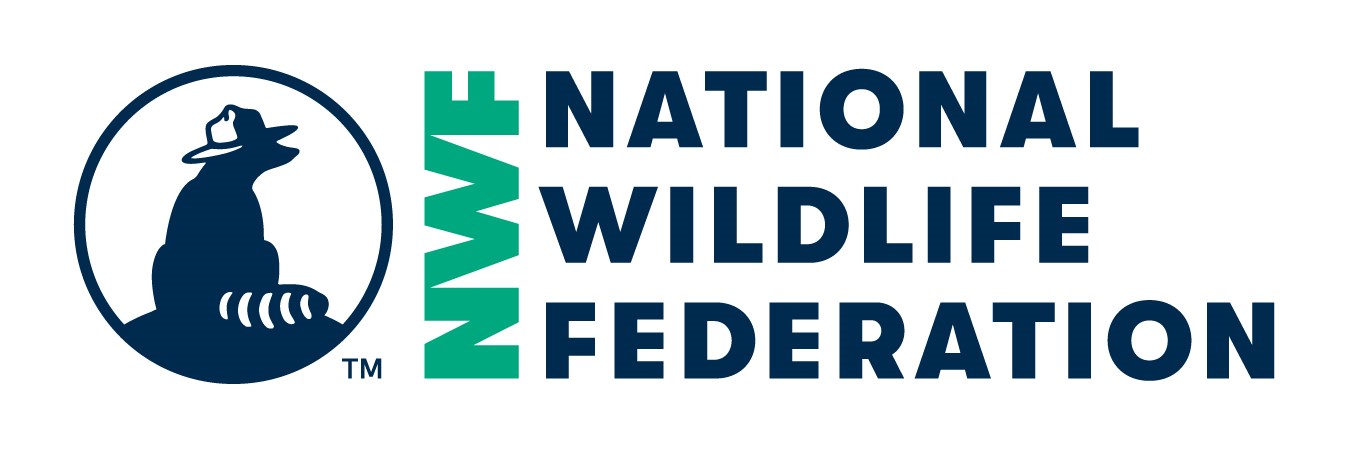Diversity, Equity, and Inclusion Workshop & Roundtable Events
https://www.nwfecoleaders.org/forms/item/55/819
If other:
1. Where is the biggest impact of this project?
Community, State, National, International
If other:
2. What were the goals for your project?
The goals of this project are to address limited participation of racial and ethnic minorities and discussions of environmental equity by creating diverse events at the Association for Environmental Studies & Sciences (AESS) annual conferences. In 2021, we hosted a single Diversity panel over the course of the 3-day conference. This year I hope to implement the following events: 1) Thinking BEYOND Diversity in ESS (Track: Building Community in ESS); 2) 2) Diverse Schools of Thought (Track: Building Community in ESS).
3. What strategy did you use?
Advocacy, Community Building, Communications/Marketing, Education
If other:
4. Did you accomplish the goals you set for this project? Please explain.
As a result of our previous efforts, AESS currently has an official Diversity, Equity, and Inclusion Committee and hosts one Diversity event at the Conference annually. Diverse persons are increasingly represented at AESS, and topics like environmental justice are more often discussed. However, the overall goals of the project are in progress. I have worked with my co-Chair to submit our proposed 2022 AESS Conference events: 1) Thinking BEYOND Diversity in ESS (Track: Building Community in ESS); 2) 2) Diverse Schools of Thought (Track: Building Community in ESS). Several key members of AESS have been recruited for their expertise and experience. We are hoping to propose more DEI conference events in the future so that issues like environmental equity and climate justice become central at AESS.
5. Choose your impact measure type.
Plants planted
What were the measurable outcomes of your project?
As a result of our previous efforts, AESS currently has an official Diversity, Equity, and Inclusion Committee and hosts one Diversity event at the Conference annually. We are hoping to increase the number of DEI conference events in the future so that issues like environmental equity and climate justice become central at AESS.
6. When did you begin and complete your project?
We began the project for Diversity Panels at the AESS Conference in January 2021. We will complete this round of the project in June 2022 with the 2022 AESS Conference.
7. What was challenging about your project and how did you respond?
Major challenges to the project have been the limited budget, bureaucratic constraints, and poor technological understanding of AESS. We have responded by recruiting more active members of AESS with greater experience in DEI advocacy and funding.
8. Which groups were involved in this project? Students, faculty, staff or community groups?
Students and faculty from across America and different parts of the world interested in environmental equity were involved.
9. Was your project funded? If so, how?
Last year's funding was provided by AESS. This year we also begin with initial funding from AESS. We are hoping to work with the AESS Development committee to obtain alternative funding.
10. How did you communicate about this project and educate the broader campus and/or community?
We communicated about this project with the broader community via direct contact with universities across America/the world and active utilization of social media websites.
11. How have you evaluated your project?
Group reflection, User survey
If other, please describe:
We evaluated last year's project through a thorough user survey for the AESS Conference. We are using this year to actively engage in implementing new events. We will conduct the next survey in 2023.
12. What did you do after your reviewed your project?
Presented your project results at a conference or meeting, Added new team members with different expertise, Applied for funding
If other, please describe:
13. What was the biggest or best thing you learned from your project?
The biggest finding we learned from our project last year was that there is a lot of untapped potential for increasing diversity at AESS. As a result of new members to our AESS Diversity Committee, we are now far more active and eager to increase diversity at AESS.
14. What advice would you give to others working on a similar project?
I would advise others working on similar projects to learn what they can from others and revitalize efforts to increase diversity, equity, and inclusion in environmental organizations.
15. Based on your response above, what are your future plans for this project? And are there resources (people, financial, etc.) available to sustain it?
The current plans of the project are to address limited participation of racial and ethnic minorities and discussions of environmental equity by creating the following AESS 2022 Conference events: 1) Thinking BEYOND Diversity in ESS (Track: Building Community in ESS); 2) 2) Diverse Schools of Thought (Track: Building Community in ESS).
Category ARCHIVED | PROJECT CERTIFICATION
Form Details
Average Rating:
Date Added: Feb 25, 2022
Date Last Modified: Feb 28, 2022







Project Feedback